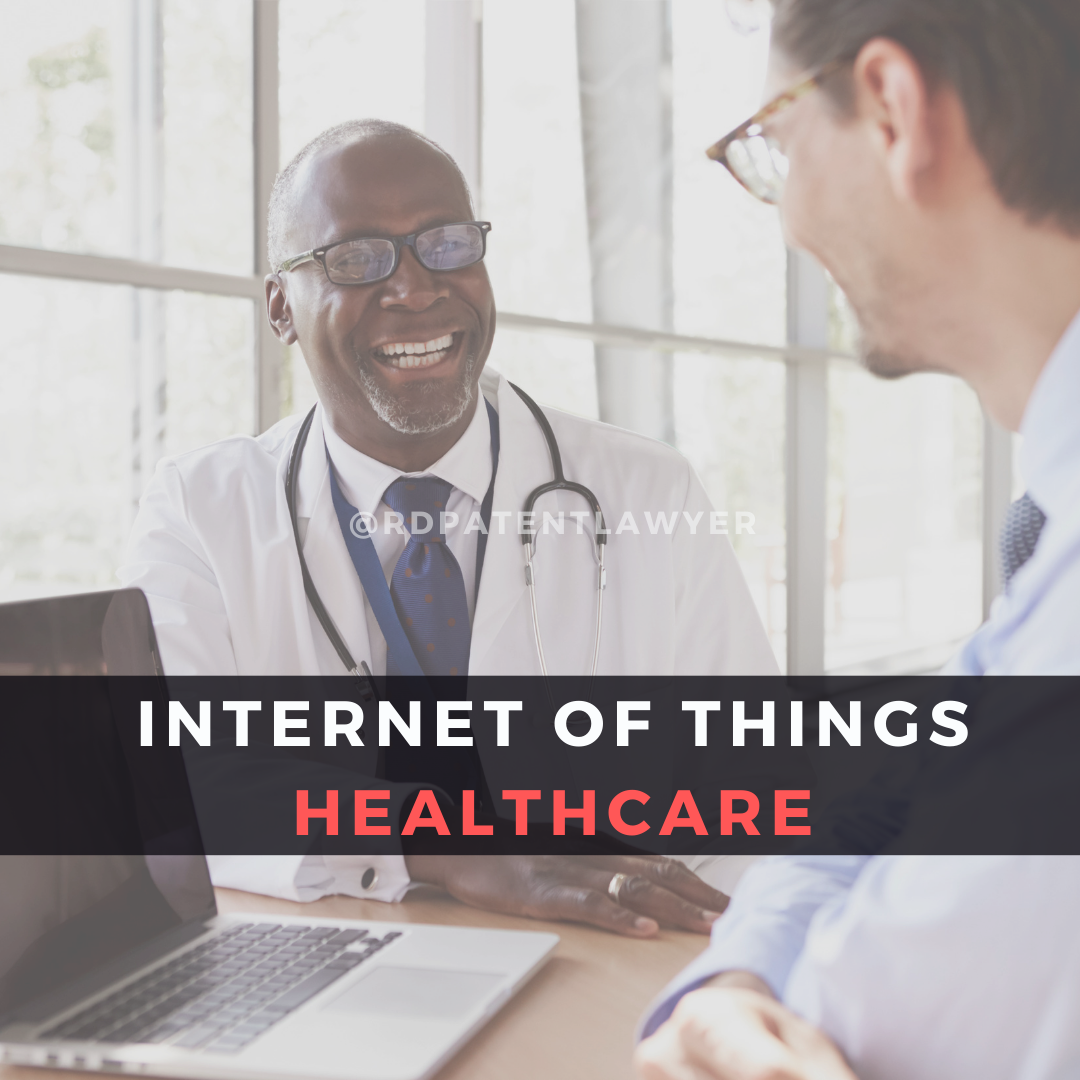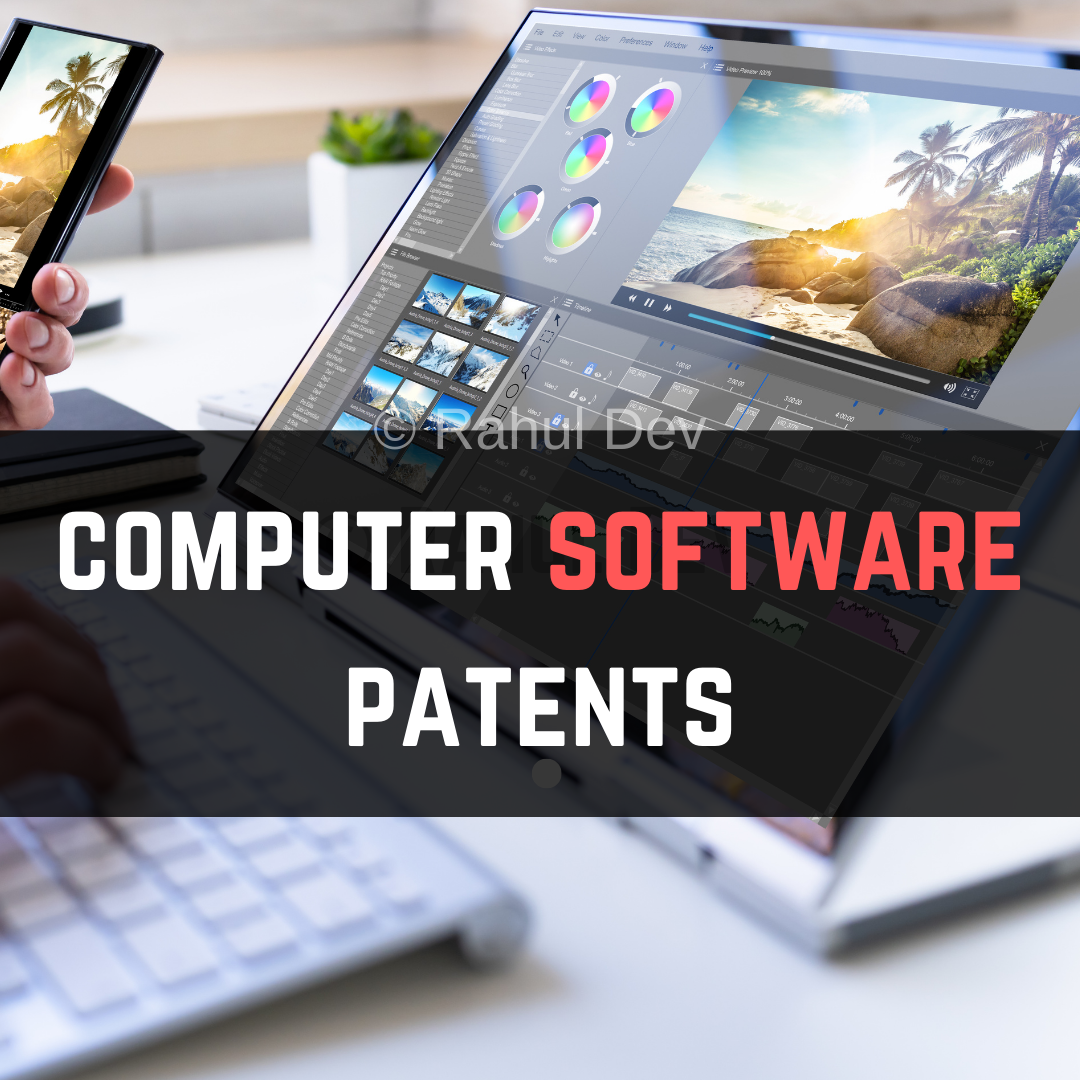

IoT (Internet of Things) has disrupted various markets like energy, retails, transportations, etc. but as agreed by most of the experts healthcare industry stands to benefit the most by its adoption, hence the Internet of Medical Things has emerged as a major disruptor with expected valuation at USD 158 billion by 2022.
Healthcare Technology has evolved in a major way improving not just patients’ experience but doctors’ too. Now patients can book their appointments online and doctors can access all healthcare data on the move through their smartphones or tabs.
Various technological interventions are improving the healthcare sector for e.g. EHR (Electronic Healthcare Records) is fast becoming a platform that integrates the clinical decision support tools, also hospitals and other healthcare providers are giving patients access to their portals that allow the users to create their account and gives them direct access to their medical records, diagnostic reports, scheduling appointments, etc. Apart from this cloud computing has interested the healthcare industry a lot for streamlining health data sharing and driving innovation.
Apart from the portals and apps provided by individual healthcare providers like hospitals and pathologies many major tech companies have already entered the foray and are reaping profits by developing products for specific medical applications, collaborating for research and development and also acquiring the startups in the field.
Apps like Flo, a menstrual health tracking app, uses AI and data science to monitor women’s health. Apple Watch has been innovating its features and have now come up with FDA approved ECG feature in its series 4. Similarly, Microsoft has also integrated the cloud-based technology in its Microsoft Azure cloud platform which facilitates delivery of multiple healthcare services.
With innovation in the field of healthcare technology leading to the development of new products and devices, the classification of the medical devices becomes the most important step in understanding how the USA FDA regulates the classified devices and thus in getting medical device approval from FDA. The wrong classification of the device can become the reason of loss of time and money and can result in regulatory legal action as well.
According to FDA, Medical device is an apparatus, implement, machine, appliance, implant, reagent for in vitro use, software, material or other similar or related article, intended by the manufacturer to be used, alone or in combination, for human beings, for one or more of the specific medical purpose and that includes:
Medical devices have been classified under various classes by FDA. Latest it’s been estimated that there are around 1700 different types of devices which are divided into 16 different specialities called panels.
Medical devices are classified into 3 classes i.e. Class 1, Class2 and Class3 based on the risk the medical device can be to the patient in increasing order i.e. Class 1 for low risk, for Class 2 for moderate risk, and Class 3 for high- risk devices. As the risk increases from Class 1 to Class 3, the level of related control also increases. Within the FDA, the center for device and radiological health (CDRH) is responsible for ensuring the safety and effectiveness of the medical device and eliminating unnecessary exposure to radiation-emitting products.
Class 1 medical device has the least amount of regulatory control, and there are approximately 1700 types of medical devices overall out of which 780 all underclass 1 that is approximately 47% of medical devices and out of these 780 families, 95 of these are exempted from the regulatory process. These devices fall into the general category of Class 1 exempt devices, the pink market notification application, and the FD clearance is not required, before marketing the devices. However, the manufacturer is required to register their establishment and raise its generic product with the FBA.
The case of Class 2 medical devices is those where general control is not enough to assure the effectiveness of medical devices, and in this, you need special control as well. There are around 800 families of medical devices out of 1700, which is approximately 43% of the medical devices, and in this 10-15% Clinical Trials are included in this Class 2. They are moderate-risk devices.
In the case of Class 3 devices, 120 families are included. In this case, the risk level is very high to the end-user of the patient thus requires general control, special control, and premarket control as well.
There are approximately around 10% of the medical devices delivered by the FDA in this class. Normally all the Class 3 devices are generally life-supporting or life-sustaining devices.
With the advent of so many upgraded medical devices and technology-driven services in health care it becomes pertinent to secure these innovative services and products. This is where a patent comes into play. A patent serves as a means through which an entity can get all the rights to their original idea and can also earn monetarily after due process of patent valuation determines its actual value in the market. In simple words, the inventor gets sovereign rights over his/her product and no other entity can make the same product or sell it unless they have the inventor’s assent.
The most relevant patent classifications based on highly active patent classes (US Class or USC) are:
Remaining class details may be seen at the US Patent office website.



